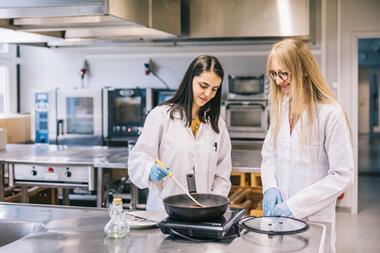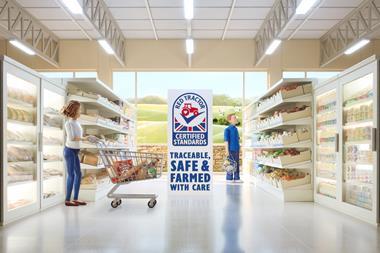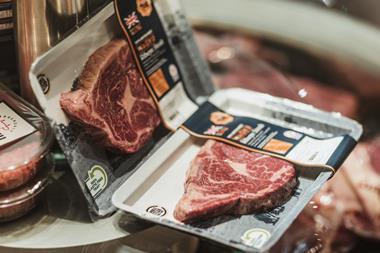The horsemeat scandal has thrown plenty of curveballs at retailers and processors since kicking off in mid-January, and the past week has proved no exception.
Aldi withdrew one of its meatloaves after a local authority found horsemeat - even though samples of the same product had tested negative in Aldi’s own tests - while ABP Food Group had to face up to Asda’s discovery of 29% horsemeat in frozen mince produced at Dalepak, despite ABP’s own tests showing Dalepak to be clear of anything but trace contamination.
These discoveries have prompted awkward questions not just for the companies involved (in ABP’s case, the 29% horse mince even meant it had to correct evidence it gave to MPs in early March), but for the industry’s DNA testing efforts more generally. Tests for horse DNA were meant to be a key tool for restoring consumer confidence, but if products given the all clear later show up positive for horse DNA after all, that confidence could soon be eroded once more.
So what are the industry and consumers to make of contradictory test results? Do they indicate DNA tests are unreliable?
Aldi and ABP say they are still investigating and have declined to comment further, but experts suggest different test results could be caused by either differences in samples or differences in testing methods.
Processed meat products made using a variety of raw materials can be challenging to test, as different batches of the same product can contain different ingredients - so two different DNA tests could be accurate in their own right, resulting in both a positive and a negative result.
The FSA says the Aldi meatloaf case that tested both positive and negative underlines why it is right to carry out independent tests through local authorities to verify the industry’s own results - thus increasing consumer confidence.
The FSA’s testing regime involves 28 authorities testing products according to a strict FSA protocol. The Aldi result was obtained from an authority that wasn’t part of the official programme and simply tested products off its own back. But an FSA spokeswoman stresses this doesn’t mean the result should be dismissed. “There’s a reason there’s a protocol, but all intelligence is useful and will be reported,” she says.
However, this is unlikely to stop questions about whether different test methods and protocols at different labs can contribute to contradictory results.
DNA tests involve an amplification process, and even a small difference in the efficiency of that process can potentially produce very different end results, explains Dr Angus Knight, principal scientist at Leatherhead Food Research. “If the amplification efficiency differs between the horse DNA and the beef DNA by 20%, and the sample actually contains 5% horse DNA, then the final reading could vary from between 1% and 24%,” he says.
This sounds dramatic, but Knight is keen to stress diagnostic tests of most kinds involve some uncertainty and will occasionally produce false positives and false negatives. “No analysis is perfect, but that doesn’t mean DNA tests aren’t useful,” he says. “They can definitely show if horsemeat is present, and ultimately that is what many consumers will want to know rather than the precise quantity. It would be completely wrong to cause unnecessary concern over these tests, or even discredit them, on that basis.”
With differences in sampling and testing methods potential factors in contradictory results, confirmatory tests are key. The solution to dealing with the occasional contradiction therefore seems to be more, not fewer, tests - but within reason says Knight: “To get a 100% guarantee on everything, you’d have to test every product to destruction and you’d never be able to eat anything.”
Sign in to comment on this article
Not logged in before? Register for FREE guest access today.
You will be able to:
- Read more stories
- Receive daily newsletters
- Comment on stories
Advert



















No comments yet